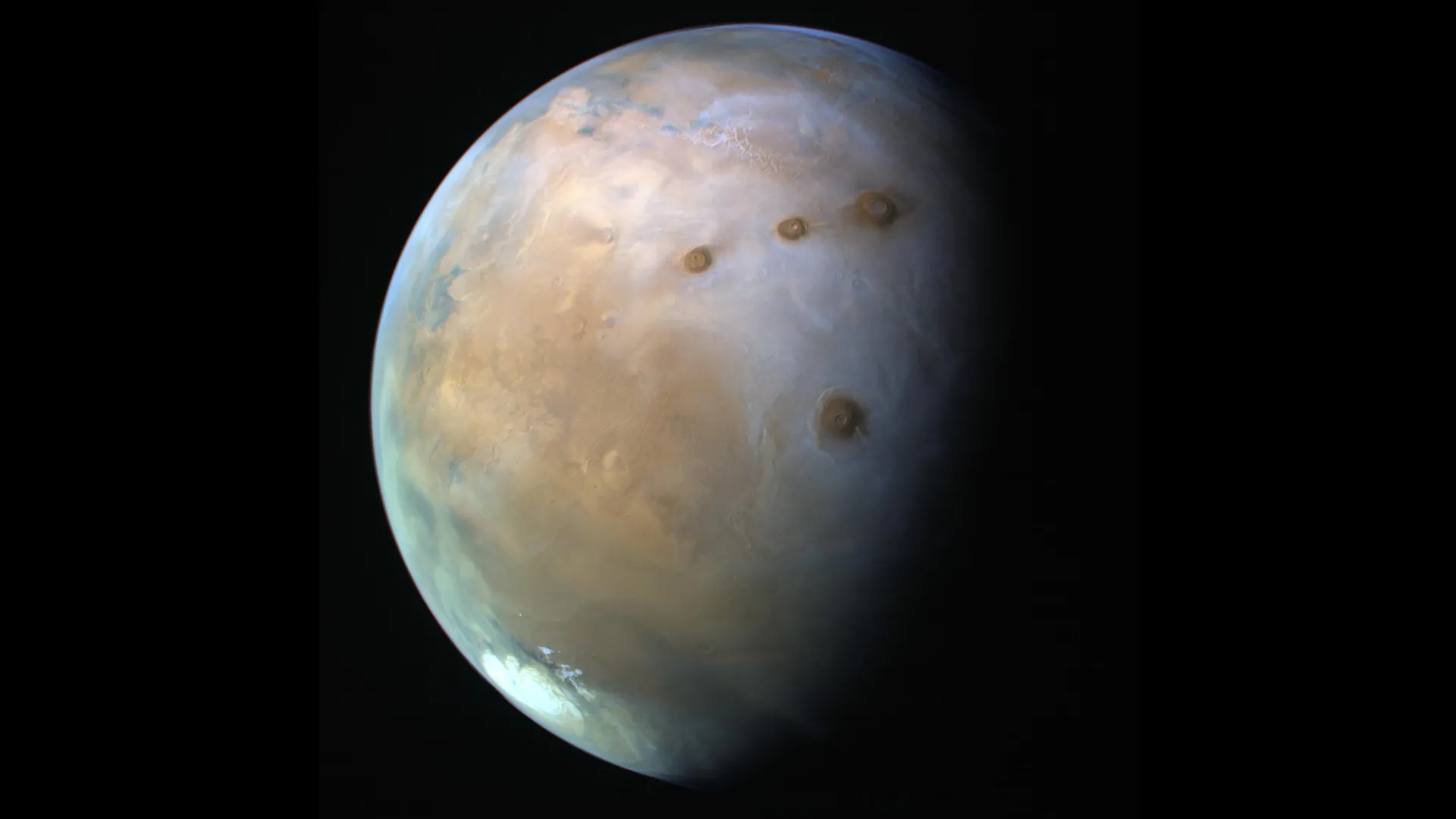Exploring the Possibility of Life Beneath the Martian Surface
Recent research unveils a groundbreaking concept: cosmic rays might provide the necessary energy for life to flourish underground on Mars and other icy moons, such as Enceladus and Europa. These rays, originating from deep space, interact with water or ice beneath the surface, releasing energy-carrying electrons that could sustain microscopic life forms. This phenomenon, known as radiolysis, suggests that life could survive in extreme conditions without sunlight or warmth, relying solely on buried water and radiation.

This discovery opens new avenues for astrobiology, challenging our understanding of where life can exist. Scientists are now considering the implications of such findings for future Mars missions and the search for extraterrestrial life. Could it be that our neighboring planet is more hospitable than we thought?
















